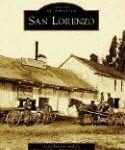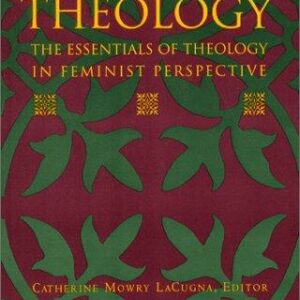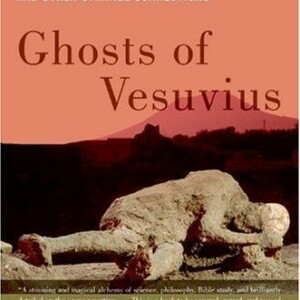San Lorenzo
$21.99
| Title | Range | Discount |
|---|---|---|
| Trade Discount | 5 + | 25% |
- Description
- Additional information
Description
San Lorenzo has been a desirable place to live since 1847, when squatters built their cabins on the north side of San Lorenzo Creek, then part of two Mexican ranchos. When landowners could not evict their unwanted guests, the settlement known as Squatterville grew into a town at Four Corners, now the intersection of Hesperian and Lewelling Boulevards. Named San Lorenzo in 1854, over the next 90 years it developed into a close-knit rural community. The great shipyard boom during World War II brought many new families to one of the first self-contained communities of tract homes in the nation, initially developed by David D. Bohannon. This tract, San Lorenzo Village, helped swell the population of this unincorporated area, striving to hold its own between the urban encroachment of San Leandro and Hayward. Title: Longtime resident a link to area’s agrarian past
Author: Jason Sweeney
Publisher: Oakland Tribune
Date: 9/26/09
In the book “Images of America — San Lorenzo,” is a black-and-white photograph from 1944 of five women who worked at the old post office on Lewelling Boulevard in San Lorenzo.
The post office and the women are long gone, except for Doris Silva.
Silva, 88, lives in the same Meekland Avenue house, at the San Lorenzo border, that she moved into about 60 years ago shortly after her husband, Louie Silva, returned from the battles in Europe during World War II.
Doris Silva is an upbeat person with an easy laugh and a strong Catholic faith. She said the area has changed a lot since the days when she was a girl playing in the fields around Meekland Avenue.
“This was all farmland at one time,” she said. “It used to be kind of quiet. Things are more rushed now. You used to go for a walk and you didn’t see a lot of cars.”
Silva was born in San Leandro and has lived her entire life in the area. She remembers when only a few families lived in widely spaced houses along Meekland Avenue. “Everybody around was Portuguese,” she said.
Both of Silva’s grandparents came to the East Bay from Portugal. Her husband was also of full-blooded Portuguese stock.
Shortly after Doris and Louie Silva were married in 1941, Louie was drafted into the Army. He landed on the beaches of France during the D-Day invasion and participated in the European campaign.
While her husband was away, Doris volunteered to sort mail at the little post office on Lewelling Boulevard.
Louie returned home from the war to work first at a supermarket, then at the Hudson Lumber Co. and then at Leslie Salt, which later became Cargill Salt. Doris quit volunteering at the post office and stayed home to raise their four children.
Louie died 12 years ago, but Doris’ life stays full with her children, five grandchildren and two great grandchildren, who live in and around the Bay Area.
An avid computer user, Doris keeps in touch with about 15 people from around the world.
Every morning, she drives her car down the street to attend Mass at St. John’s Catholic Church. It’s the same church where she married Louie all those years ago, and where his funeral and those of her parents were held.
The house next door to hers was replaced by a Buddhist temple a couple years ago. The Portuguese farmers and fishermen who populated the area have been replaced by immigrants from Mexico and Asia, who live in the apartment buildings and homes that line Meekland Avenue.
But Doris Silva remains — a living piece of local history right out of the black-and-white photos in “Images of America — San Lorenzo.”
“I don’t want to leave here,” she said. “I’m just happy here and it’s been good to me.”
Additional information
| Weight | 1 oz |
|---|---|
| Dimensions | 1 × 7 × 9 in |











